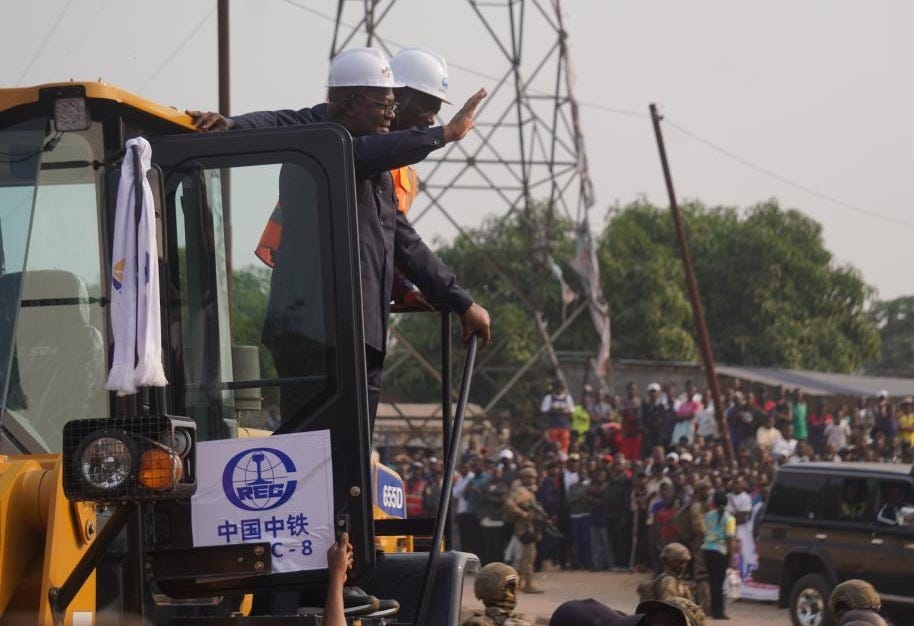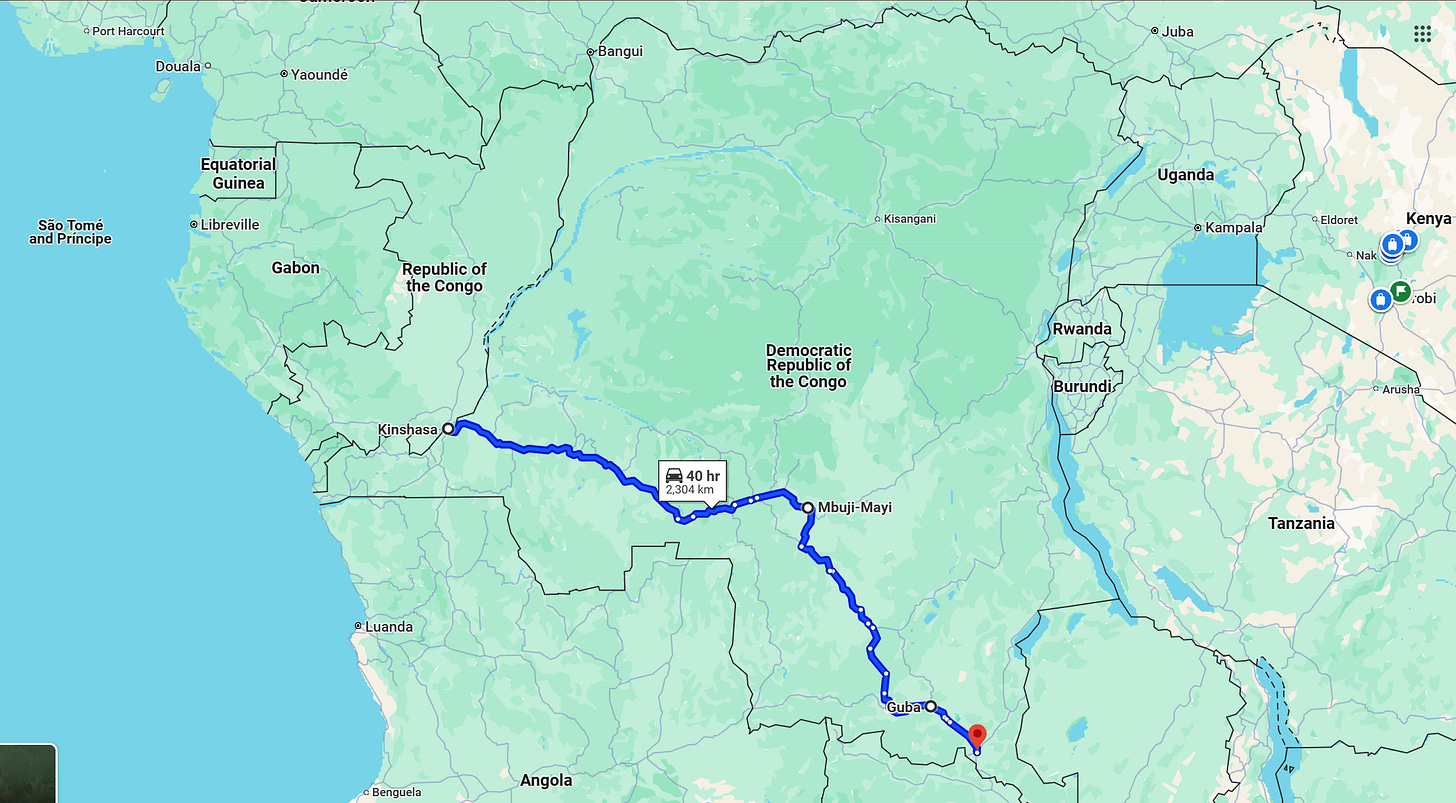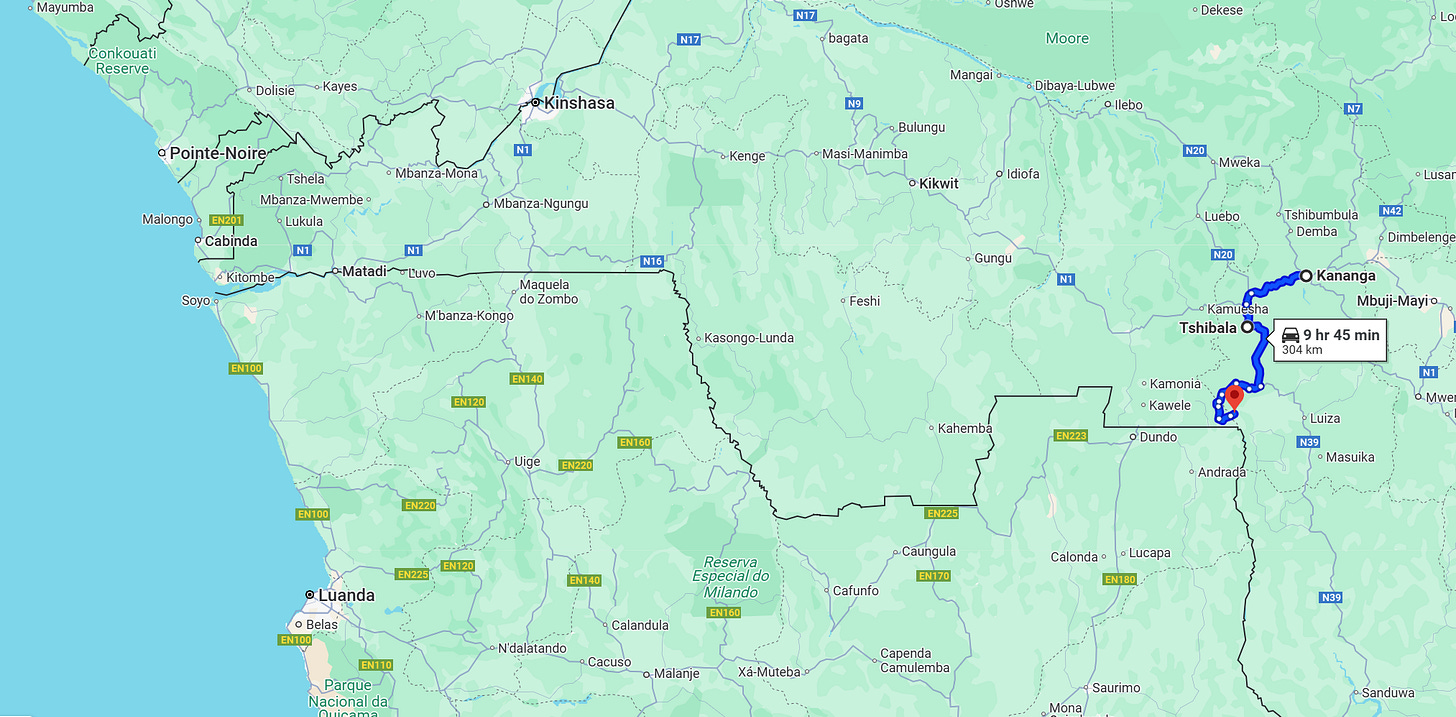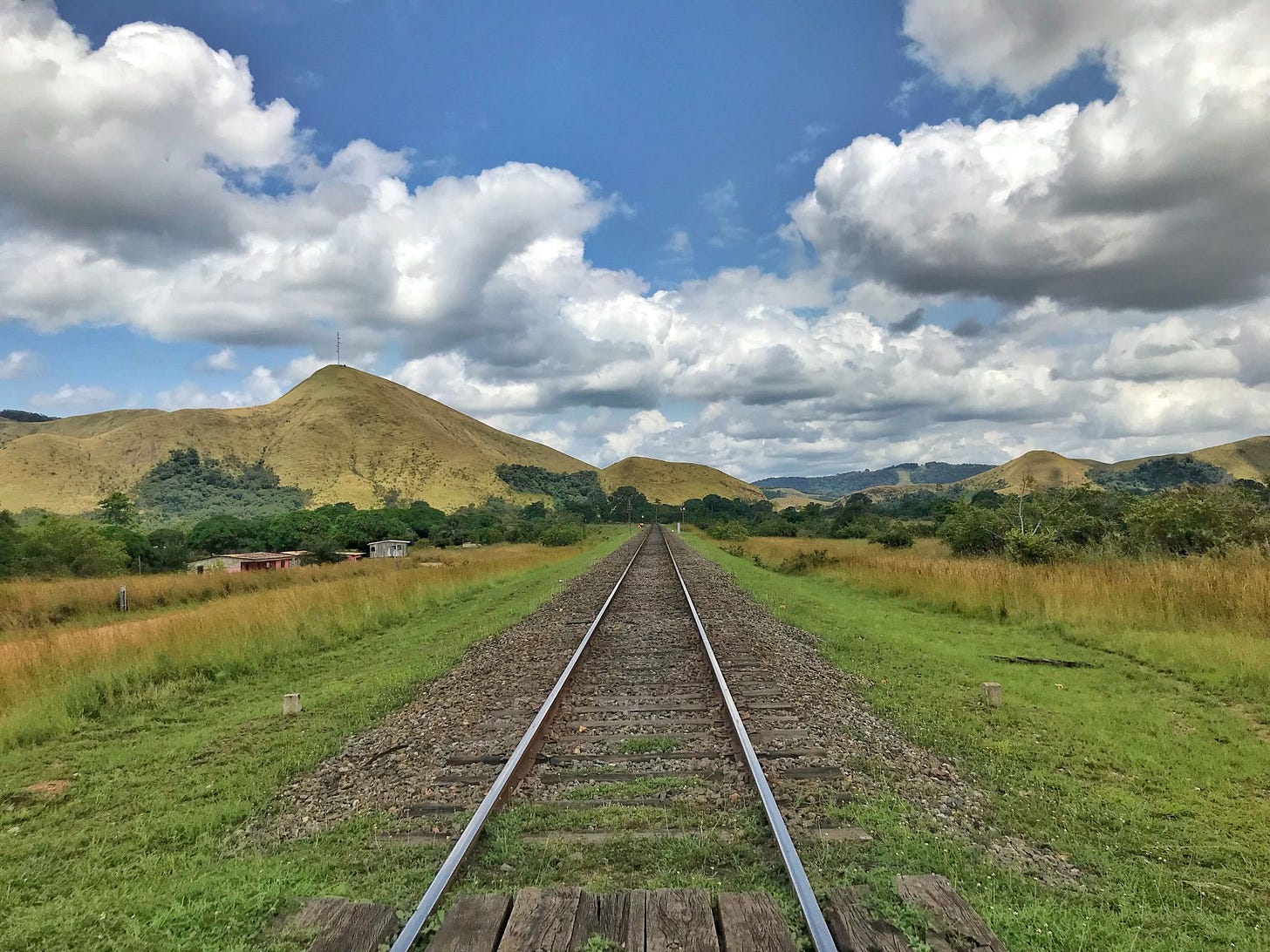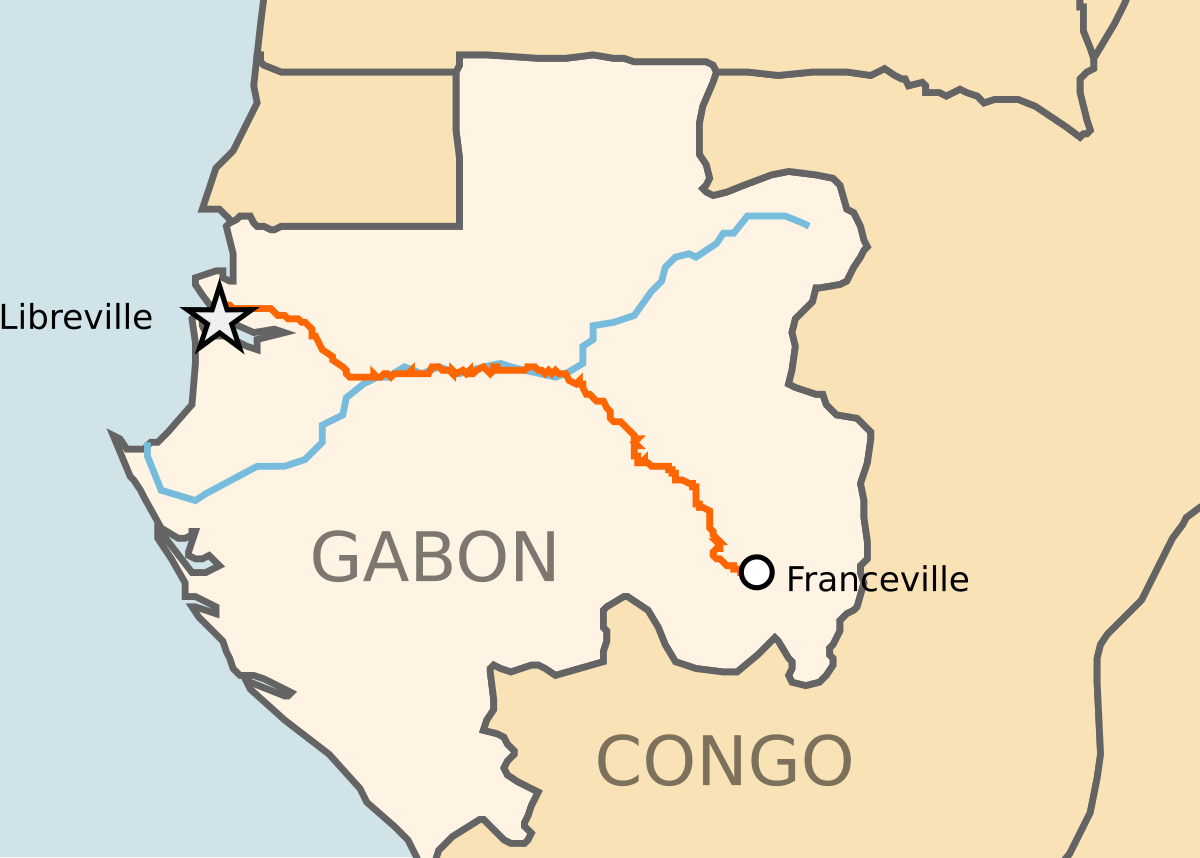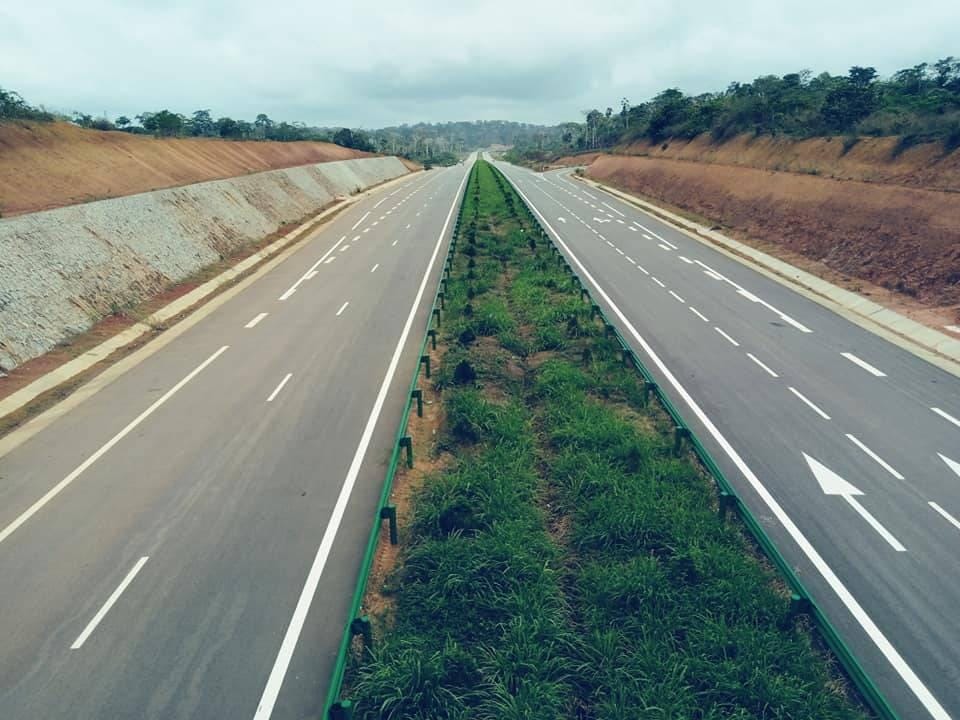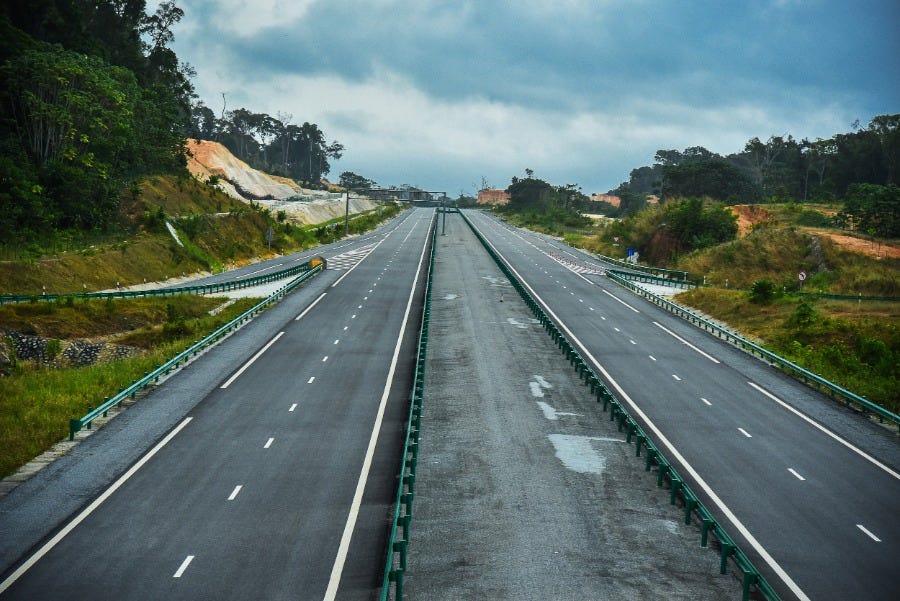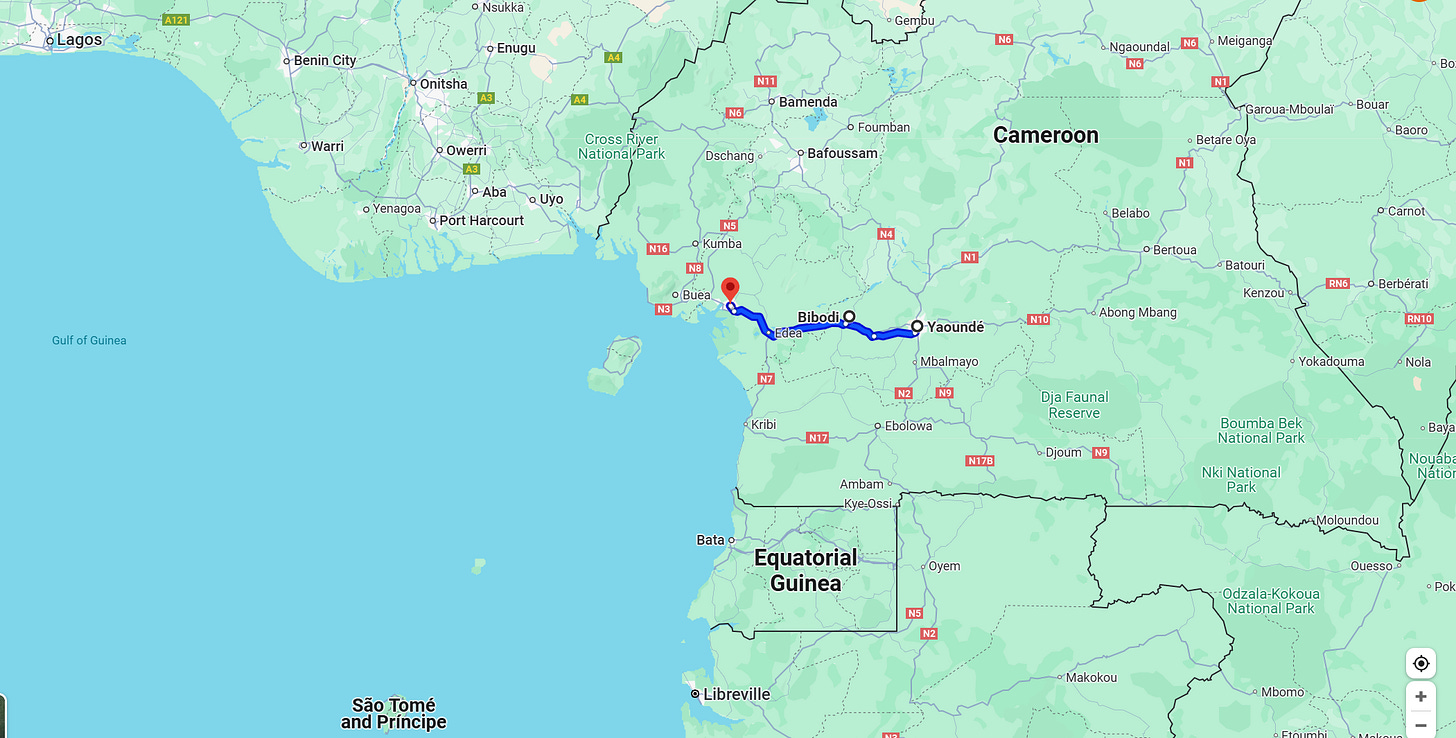Nkrumah's Infrastructure Journal - Week 7
Your weekly continental infrastructure update with three projects being presented for your increased optimism for the African continent and to show the speedy rate of productive physical development.
Project 1.
Name: Multi-road project - China for the Democratic Republic of Congo
Where: DRC
Type: 1.City Ring road - 2.Paved Highway - 3.Border road
Length: 1. 63km 2. 900km 3. 230km
Cost: 1. $300 million USD 2. N/A 3. N/A - Final investment = $7 billion USD
Contractor: Sinohydro + China Railway Group (China)
Construction start: 31.07.2024
Construction end: ?
Significance:
In February 2024, China reorganized an investment fund with the Democratic Republic of the Congo (DRC) after the DRC government felt that the prior deal, negotiated 16 years ago by the Kabila administration, was not completed in good faith. The renegotiated $7 billion USD deal, that swaps infrastructure for a share in the country’s copper and cobalt mines, is a much more equitable agreement and will see the DRC get access to world class infrastructure and forge a path to prosperity. The first three projects of this multi billion dollar agreement are all in the the road construction area, as that is the most pressing issue for DRC currently, paved roads.
Kinshasa, a city of 17 million inhabitants, will realize a 63km ring road for the first time in its history. Reducing city traffic, increasing ease of doing business, increasing security and saving the population time, energy and money.
In the resource rich region of Lualaba, the two companies will widen and pave a 900km dirt road that stretches along the N1 highway between the villages of Mbuji Mayi and Nguba. The N1 highway links Kinshasa with Lubumbashi, the DRC’s mining capital. This will enable the central government to increase control and sovereignty over their mining resources, it will speed up the flow of goods and trade, the road will significantly benefit the lives of the people living in the cities at both ends. The 17 million in Kinshasa will save considerable time in their trip to Lubumbashi, another fast growing city with 2,934,000 people, growing at a 4.34% annual rate. Currently the entire trip ranges 2304km and takes some 40 hours, which gives us an average car speed of 57.6kmh. The 900km section of road will enable higher speed travel and will allow cars to travel at 90kmh. The 2304km with 900km of new paved road will reduce the hours by 5.5 at least, bringing the entire trip down from 40 hours to 34.5! This road seriously opens up access to the southern regions of DRC.
A third scheme to get under way is an upgrade of the 230km road between Kananga and Kalamba Mbuji, which goes to the border with Angola. It’s needed to transport mined products to Angola’s ports and will speed up the flow of trade for other industries too. It will increase security at the border and will facilitate the flow of local people and tourists while increasing cultural exchanges.
The DRC supplies more than 60% of China’s cobalt for use in batteries for EVs and electronics, making the African country a player in Chinese manufacturing. These are win-win relationships in action. Resources for Infrastructure, is a great way to get the nation onto the physical economic platform it needs to revolutionize its economy and standards of living for its people. DRC has a capital issue when trying to build infrastructure and so these funding agreements go a long way in speeding up DRC’s industrialization potential. Watch this space for more pivotal projects to be announced soon…
Speaking at the ring-road groundbreaking ceremony, China’s ambassador to the DRC, Zhao Bin, said the agreement was -
“a road to prosperity for the Congo and the Congolese people” - “As the first project of the new phase of Sino-Congolese cooperation ‘resources for projects’, I am confident that it will become a new landmark of Kinshasa and a new symbol of Sino–Congolese cooperation in infrastructure”.
Project 2.
Name: The standard gauge Trans-Gabon Railway - second phase of modernization
Where: Gabon
Type: Train
Length and Capacity: 230km to be modernized out of the total 650km - 10 million tonnes of freight and some 230,000 passengers in 2023.
Cost: €545 million Euros
Contractor: Société d’exploitation du Transgabonais (Setrag) owned by Compagnie Minière de l’Ogooué - subsidiary of Eramet (France)
Construction start: 01.12.24
Construction end: ?
Significance:
The standard gauge Trans-Gabon Railway covers 650km between the Port of Owendo, near the capital city of Libreville, and Franceville, Gabon’s third city and the center of its mining industry. The agreement covers a 200km stretch from Milolé to the Franceville terminus and work will also be carried out on a 30km central section between Ndjolé and Alembé. The aim of the modernization is to reduce operating costs, improve reliability and restore the capacity of the track, increasing both cargo operations and passenger numbers. A number of improvements will be made such as sections of new track and the replacement of wooden sleepers with concrete versions.
Reconstruction work on the first modernization project which was the western section, between Owendo and Ndjolé, is nearing completion. An estimated €350m Euros has been spent on the modernization of 300km track.
Setrag is a private company owned by the Compagnie Minière de l’Ogooué, which is a subsidiary of French mining group Eramet, the world’s second largest manganese exporter. Under the concession agreement, Setrag began operating the line in 2005, and will continue until 2035, at which time, the operations of the line may well be handed back over to the government. The renovated line will open up travel and accessibility for Gabon in what will become a major tourism boon!
Project 3.
Name: East–West or Douala-Yaoundé Motorway - second phase
Where: Douala to Bibodi - Cameroon
Type: Motorway
Length: 141km
Cost: $1.5 billion USD
Contractor: China First Highway Engineering Corporation (China)
Construction start: 01.11.24
Construction end: 01.11.27
Significance:
Cameroon views this road as essential to the development of the economy and have contracted China to speed up the development of its roads in general after the great work performed on the recently completed 60km phase one. It was during last month’s Sino-African forum, that President Biya of Cameroon urged Beijing to allocate more investment to Cameroon’s roads so as to speed up national economic development. China generously agreed and so we see the beginning of an even larger section in phase two.
As well as improving communications between the country’s two largest cities, the link will accelerate economic, social and cultural integration throughout the region. This includes the trade corridors northeast to N'Djamena in Chad, east to Bangui in the Central African Republic and south to Brazzaville in the Republic of the Congo.
Yaoundé has a population of 4,509,000 while Douala is even larger, given the port access, at roughly 5,066,000, according to Macrotrends. Roughly 30% of the population lives in just these two cities and with the smaller cities and towns in between them, we can estimate that this motorway will accommodate daily travel for more than 50% of Cameroons population.




